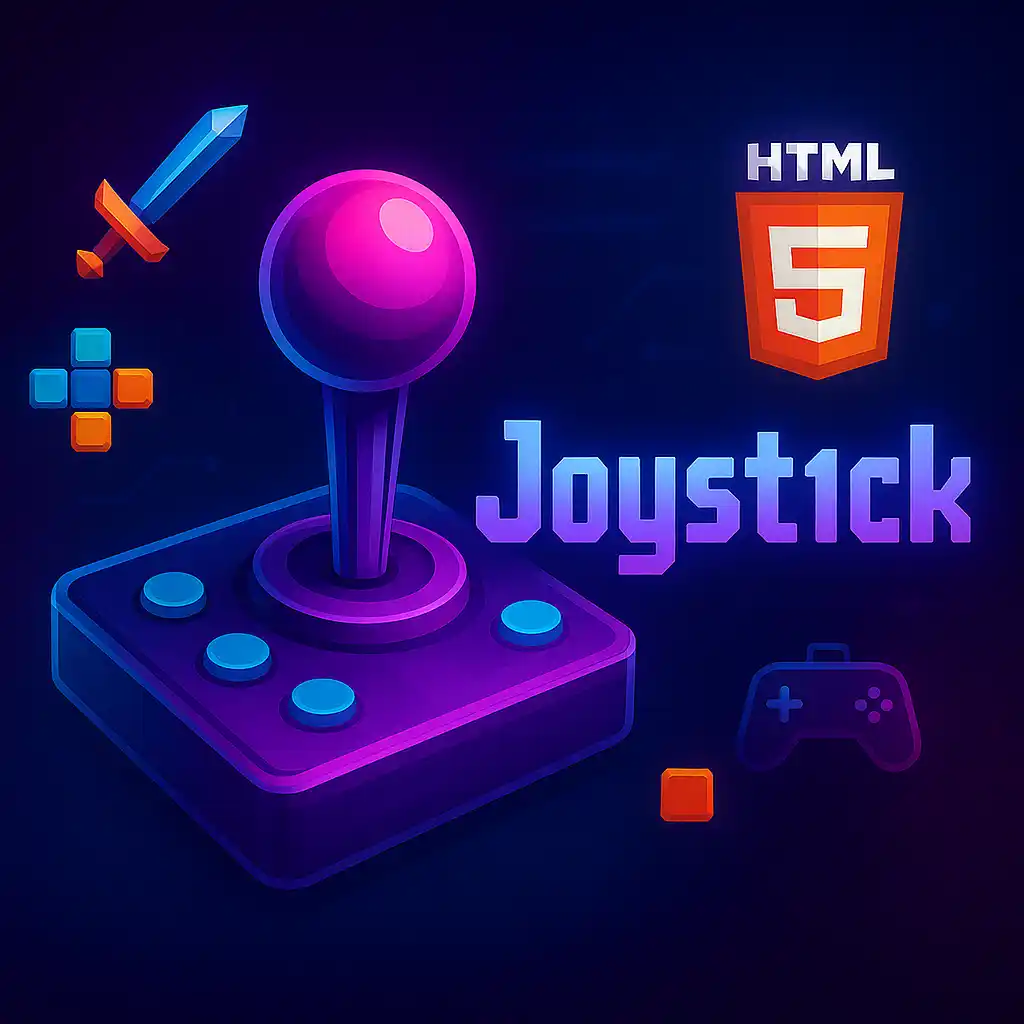Table of Contents
Essential Narrative Elements in RPG Design
1. Compelling Storytelling
In RPG games, having a strong narrative is crucial. You should create an engaging plot that players can immerse themselves in. Consider creating complex characters with deep backstories and layered personalities. Players should feel invested in the outcomes of their characters’ stories.
2. Player Choice and Consequences
Choices are fundamental in RPGs as they create a sense of agency. Implement branching story paths where players’ decisions affect the storyline and world state. Use systems to track player choices and reflect these decisions in both narrative and mechanical outcomes.
Play free games on Playgama.com
3. World-Building
Constructing a believable and rich game world enhances player immersion. Develop detailed lore, geography, cultures, and politics that players can explore and interact with. Use environmental storytelling to add depth and context to the world.
Essential Mechanical Elements in RPG Design
1. Character Development Systems
Design robust character progression mechanics, including skills, abilities, and customization options. Develop a balance between offering players freedom in character development and maintaining game balance.
2. Combat Systems
Combat mechanics should be challenging yet rewarding. Whether turn-based or real-time, ensure that combat systems are responsive and provide diverse tactical options. Use AI to create adaptive and varied enemy behaviors.
3. Inventory and Resource Management
Implement intuitive resource and inventory systems. These should facilitate players managing their items, currencies, and equipment effectively. Consider limits and trade-offs to add strategic depth.
4. Quest and Objective Design
Offer a mix of main quests, side quests, and dynamic events. Keep quests engaging with varied objectives, such as exploration, combat, puzzle-solving, and diplomatic interactions. Use narrative to weave quests back into the larger world and story.
